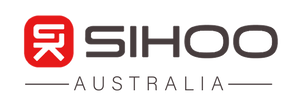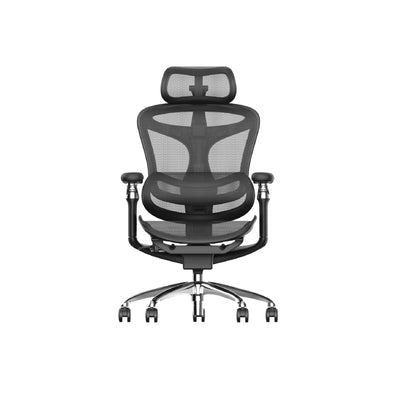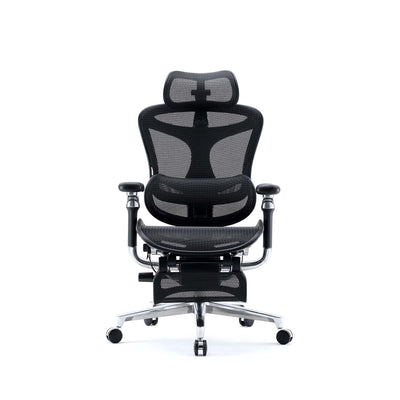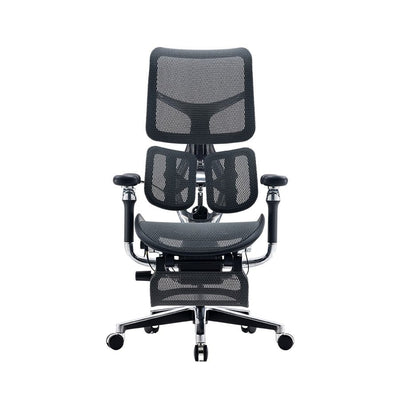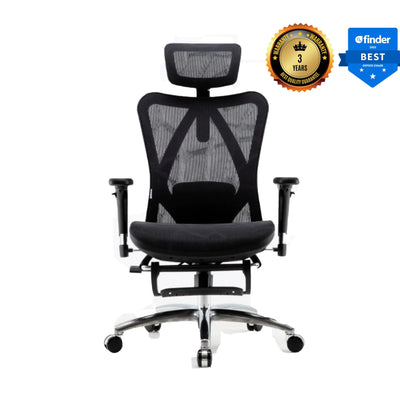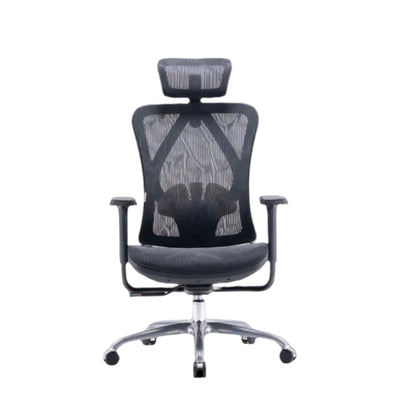
Remote work has revolutionised digital marketing. Teams now spread across continents, working flexible hours, while managers face a central question — how to measure work productivity effectively. The answer involves more than tracking time. It’s about outcomes, efficiency and engagement. By using data and human insight together, you can unlock remarkable performance from anywhere.
1. Redefine Productivity for a Remote Era
Traditional metrics focus on time at desks. In digital marketing, this approach is limiting. Instead, measure how ideas and actions produce measurable impact. Clear definitions help your team understand expectations. Think of productivity as creativity plus results rather than hours. When output is tracked meaningfully, motivation rises.
Tip: Outline a productivity “scorecard” unique to your campaigns. Include deliverables, reach, conversions and creative standards. This creates an easy reference for your team.
2. Set SMART Goals that Inspire Action
Specific goals reduce confusion. They also help you benchmark performance across time zones. In remote digital marketing, SMART goals drive ownership and energy.
Examples include:
-
Increase social engagement on new campaigns by 15% within three months.
-
Publish eight high-quality blog articles monthly, each attracting 1,000 views.
-
Cut cost per acquisition by 10% over 60 days.
Document these goals in one central hub. Tools like Asana or Monday.com streamline visibility and accountability.
3. Respect Time but Focus on Outcomes
Remote teams thrive when measured on impact. Time tracking still matters because it shows capacity and workload fairness. A balanced view prevents burnout.
Use simple trackers like Toggl or Harvest. These help identify which projects need more resources or process refinements. Use data to improve planning, not to micromanage.
4. Prioritise Quality over Quantity
In digital marketing, one high-performing post can outperform five average pieces. Quantity alone isn’t enough. Evaluate how each deliverable influences customer journeys and revenue.
Peer reviews, stakeholder feedback and analytics work together. This ensures your creatives achieve high standards before reaching the public. Over time, this focus elevates your brand’s credibility.
5. Select the Right KPIs for Each Channel
Every function in digital marketing has unique success indicators. Match KPIs to tasks for clear accountability.
Examples include:
-
SEO: keyword rankings and organic growth.
-
Social: engagement rates and reach.
-
Paid ads: cost per click and return on spend.
-
Email: open and click-through rates.
Dashboards like Looker Studio or Databox consolidate these numbers. With a few clicks, your entire team can see progress.
6. Check Communication Efficiency
Remote work can drown in messages. Good communication is precise, respectful and well-structured. Deliberate communication saves time and boosts morale.
Track response times and meeting outcomes. If meetings lack decisions, adjust your format. Asynchronous channels like Slack threads also preserve focus for deep work.
7. Monitor Project Timelines
Deadlines reveal process health. Measure the percentage of tasks completed on time. Highlight repeated delays early and explore why they occur.
Project boards like Trello display colourful progress markers. These reveal at a glance which campaigns move smoothly and which need extra care.
8. Support Engagement and Wellbeing
Productivity thrives where morale is high. Remote work can create isolation. Guard against burnout with regular check-ins and quick pulse surveys.
Celebrate wins openly in team chats. Recognition lifts spirits and signals that leadership values each person’s contribution. Engagement improves, and productivity follows naturally.
9. Link Activities to ROI
Great teams track how campaigns affect revenue. This keeps creativity aligned with business goals. Calculate ROI using simple formulas and include all costs.
Attribution models in Google Analytics or HubSpot show which channels bring the best returns. Invest more where results shine. Adjust where performance drops.
10. Foster a Results-Oriented Culture
Trust matters. Encourage autonomy while making expectations clear. Focus discussions on outcomes and solutions rather than blame. This cultivates a proactive culture.
Review metrics weekly or fortnightly. These sessions should be collaborative rather than punitive. Teams that own their results innovate faster.
11. Automate to Save Time
Repetitive work drains energy. Automation frees your team for creative tasks. Consider email sequences, social scheduling and automated reporting dashboards.
A quick workflow audit often reveals hidden opportunities for automation. Even small time savings compound into significant productivity gains over a quarter.
12. Use Benchmarks for Perspective
Industry benchmarks reveal how your team compares to peers. Use them to set ambitious yet realistic targets.
Examples include average engagement rates or cost-per-click figures. Blend these external numbers with your own history to track improvement.
13. Review and Refine Regularly
Business goals evolve. Your productivity metrics should too. Hold quarterly reviews to evaluate what’s working.
Experiment with new tools and approaches. Adaptation keeps your team’s performance sharp and responsive to market changes.
14. Create a Central Productivity Dashboard
Bring all your measurements together in one visual dashboard. Include KPIs, timelines, resource allocation and ROI.
Display this dashboard at team meetings. Transparency builds trust and encourages ownership of collective results.
15. Remember the Human Element
Data tells part of the story. People tell the rest. Productivity grows when employees feel trusted, supported and recognised.
Encourage flexible schedules where possible. Allow team members to work in ways that match their natural rhythms. Creativity and output both improve.
The Role of Workspace Comfort
Remote work productivity also depends on a supportive environment. Comfortable seating reduces strain and boosts focus across long creative sessions. Here, well-designed furniture makes a difference.
Many professionals choose brands like SIHOO for their ergonomic chairs in Australia. These combine flexibility, support and modern design to suit home or co-working spaces. Selecting the right seating fosters healthier posture and sustained concentration.
Ergonomic office chairs do more than look stylish. They create an adaptable foundation for high-quality work. Whether you run campaigns or write copy, a supportive chair can extend your productive hours without discomfort.
Beyond Comfort — Building a Creative Haven
Your workspace should inspire ideas. Adjust lighting, reduce noise and personalise your area to enhance focus. Combine this with breaks and mindful stretches.
People who work in comfortable, aesthetic settings often produce better creative solutions. A good environment and a great chair together form an underrated productivity asset.
For managers wondering how to measure work productivity, consider also measuring workplace satisfaction. Comfort influences energy, and energy influences results.
Strengthen Culture with the Right Tools
Tools shape habits. Remote teams thrive on strong systems that encourage transparency and flexibility.
Adopt software that unifies project management, communication and analytics. Provide clear onboarding so everyone can use these tools effectively.
Build Skills Through Continuous Learning
Digital marketing evolves quickly. Upskilling your team keeps productivity high. Offer online courses, webinars and cross-functional training.
When staff see investment in their growth, loyalty deepens. This reduces turnover and preserves knowledge within your team.
Balance Autonomy with Connection
Freedom sparks creativity, but connection sustains purpose. Host occasional virtual meetups or workshops to maintain camaraderie.
Shared rituals — even a Friday video coffee chat — can strengthen culture and prevent isolation. A cohesive culture often outperforms rigid oversight.
A Second Look at Comfort and Tools
Workspace investments pay off. High-performing teams often cite their environments as contributors to their success.
Brands like SIHOO craft advanced office chairs with adjustable support for diverse working styles. Selecting such pieces signals to employees that their comfort matters. Small touches can improve loyalty and output.
Combined with clear KPIs, automation and smart collaboration, these comfort choices complete a holistic productivity strategy.
Knowing how to measure work productivity in a remote digital marketing team involves blending metrics with empathy. Use SMART goals, KPIs, quality checks and dashboards. Complement these with a supportive environment, strong culture and thoughtful tools.
The digital marketing landscape rewards teams that adapt fast, collaborate smoothly and stay inspired. By following these steps, you create a high-performance engine that thrives beyond the office walls.
Invest in culture, technology and even details like ergonomic chairs. Together, they help your people do their best work from anywhere in the world.
